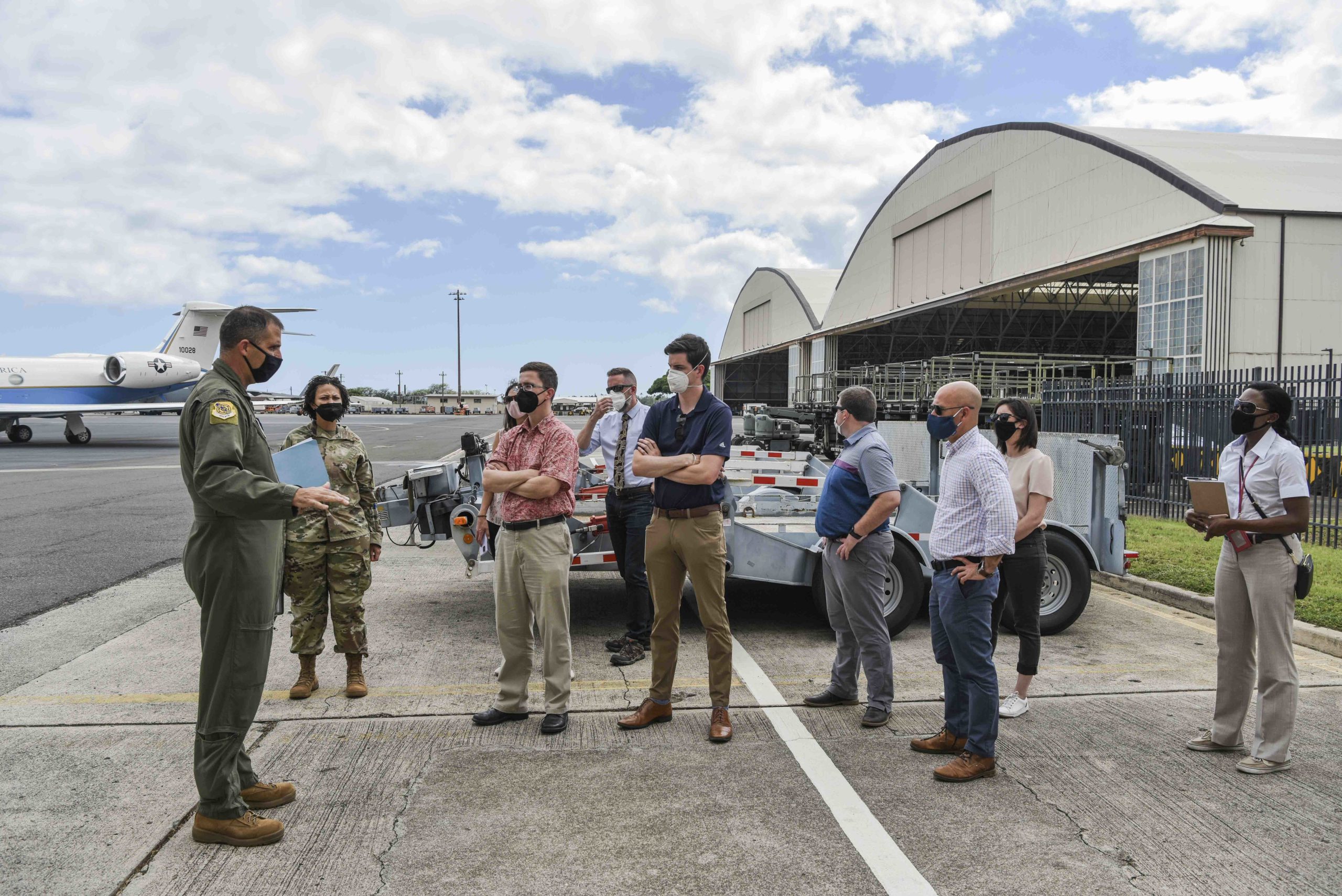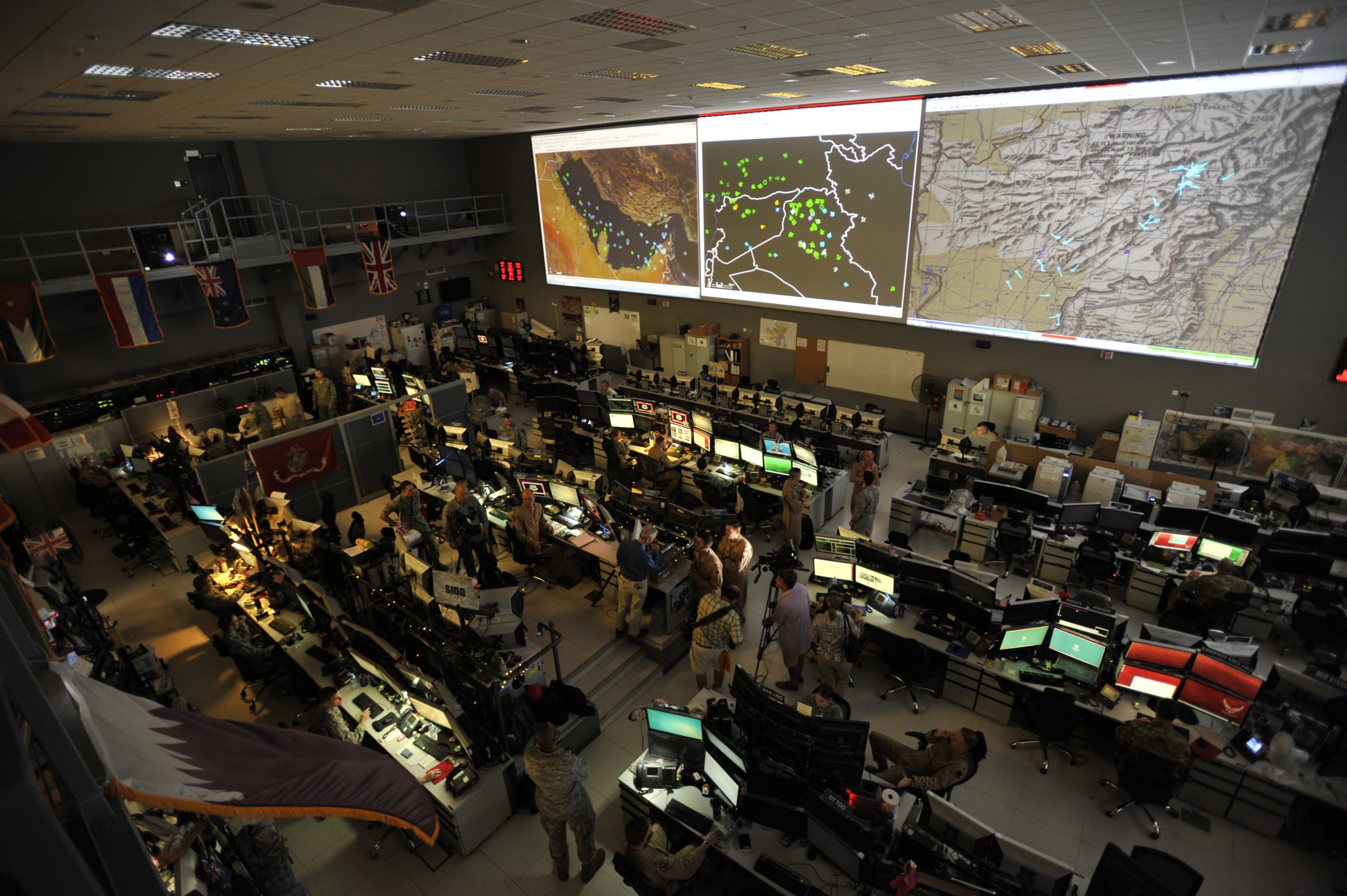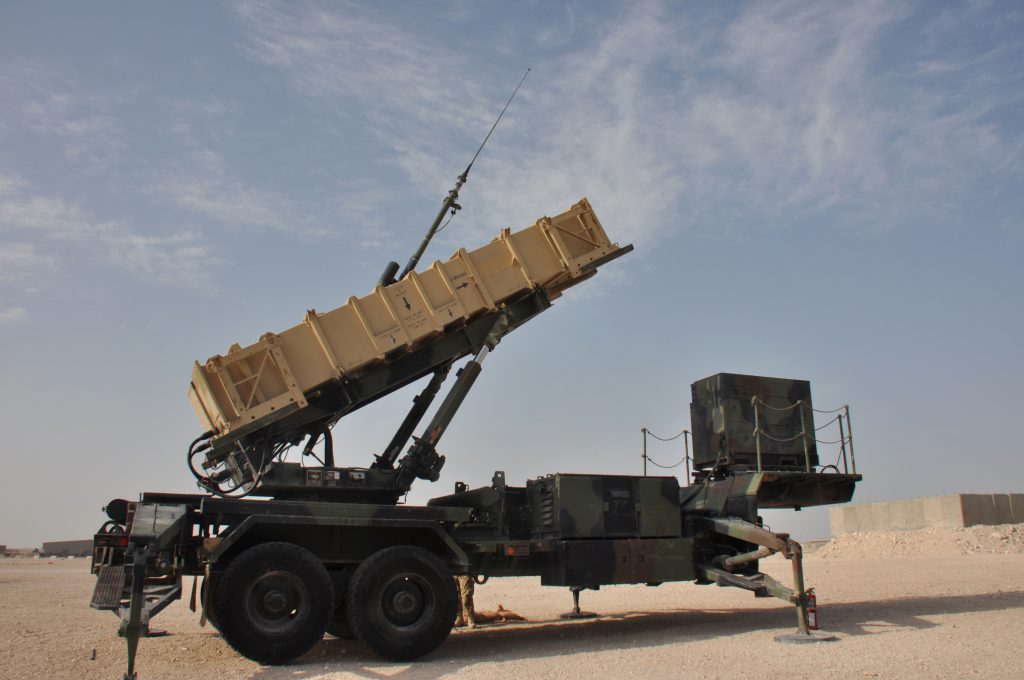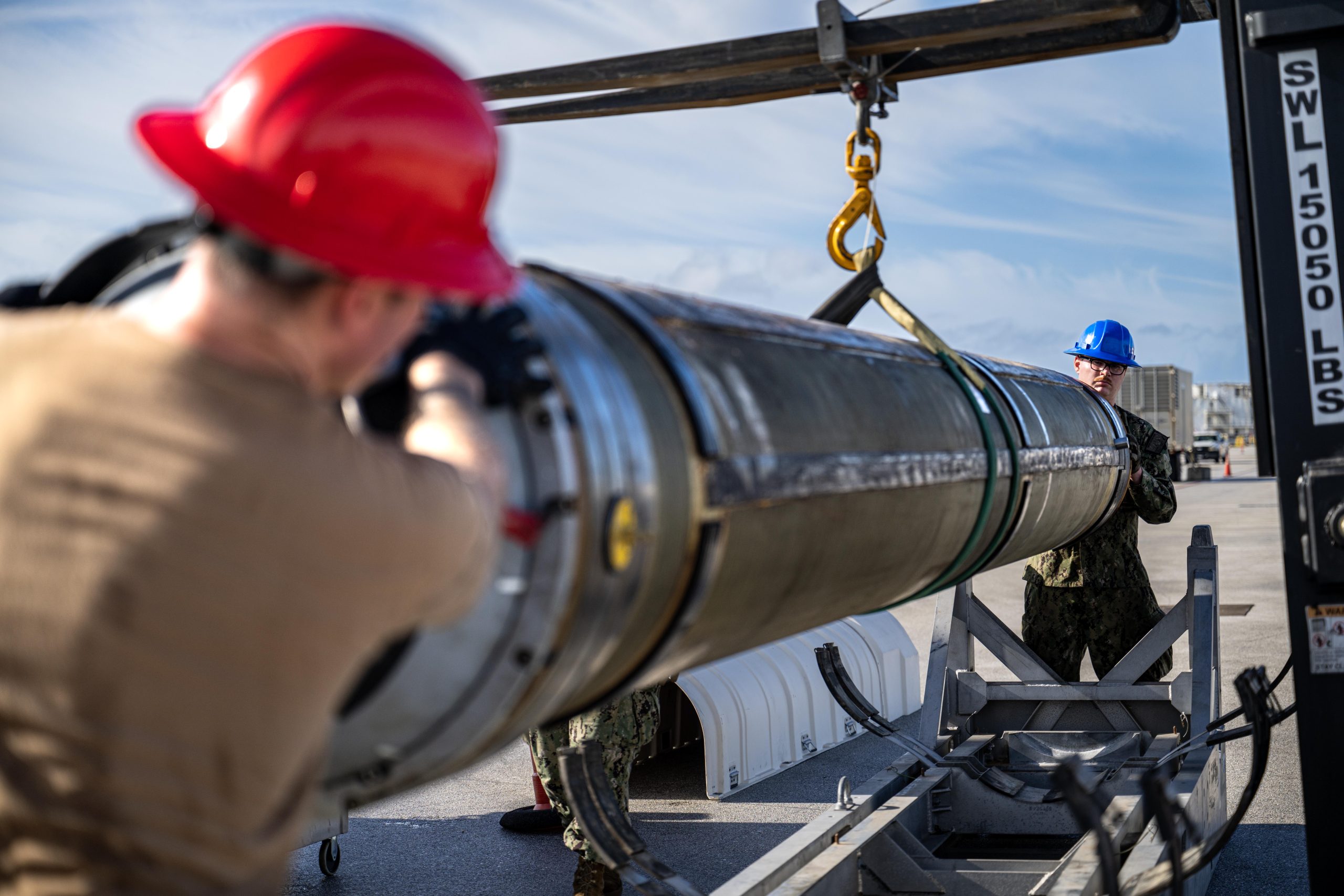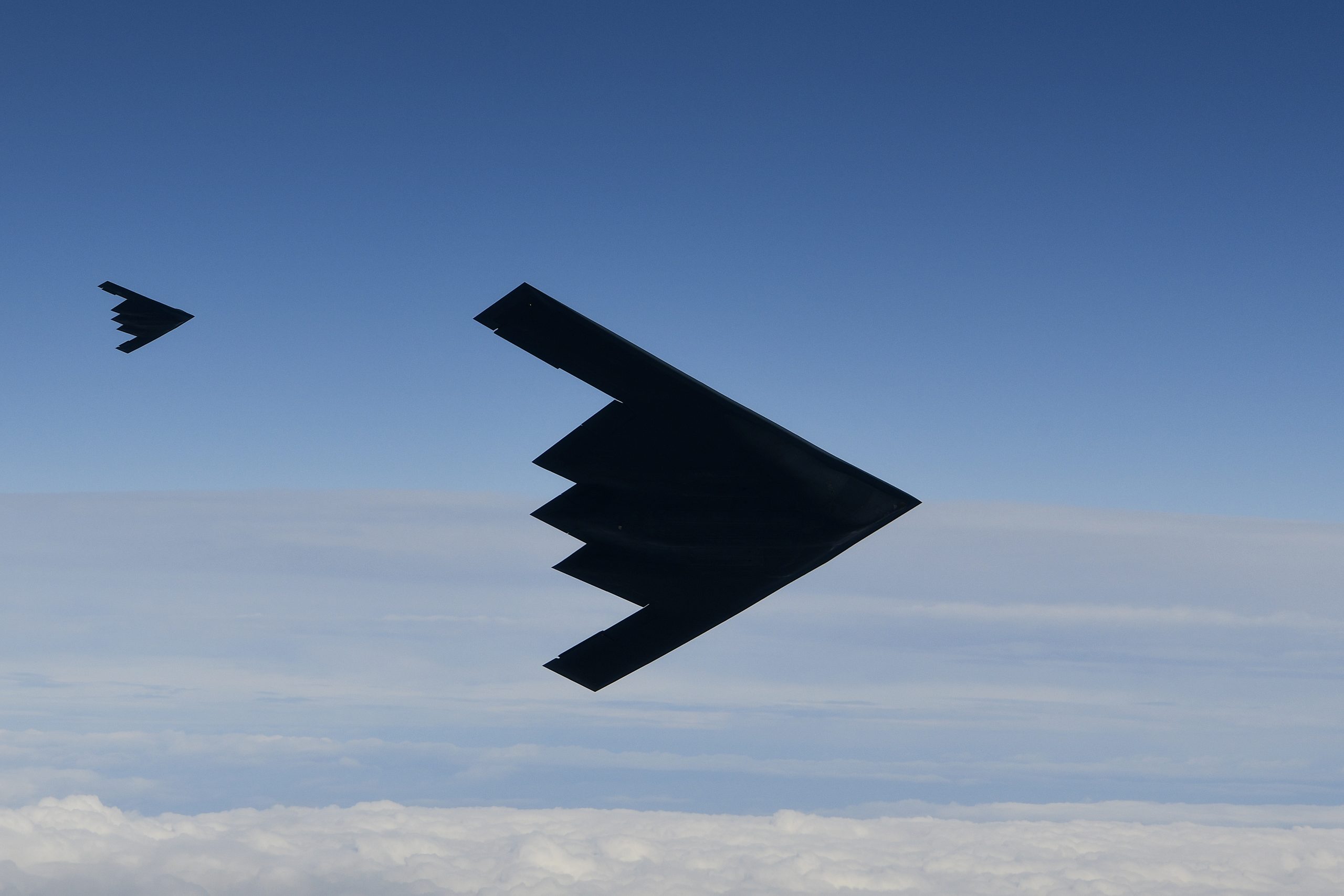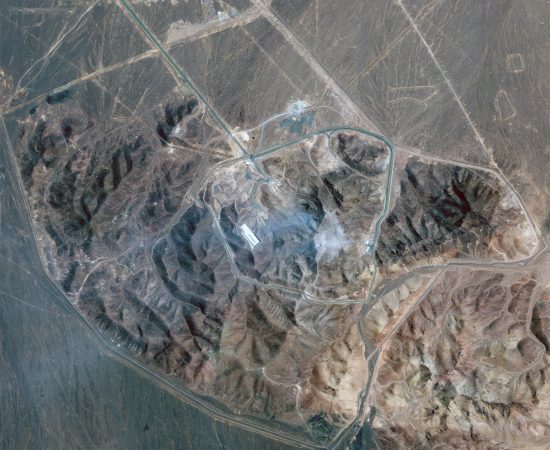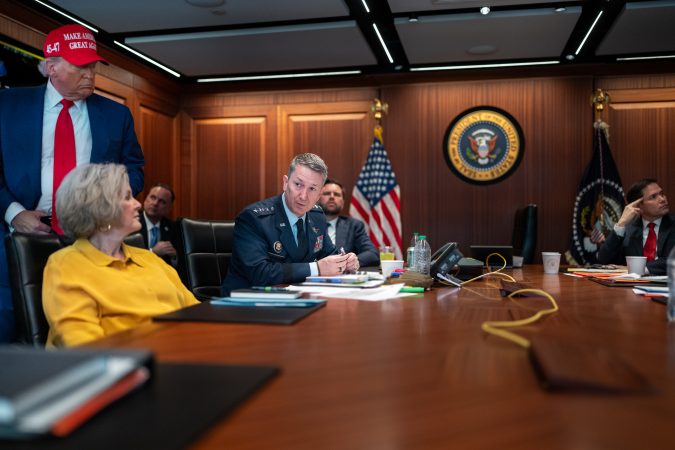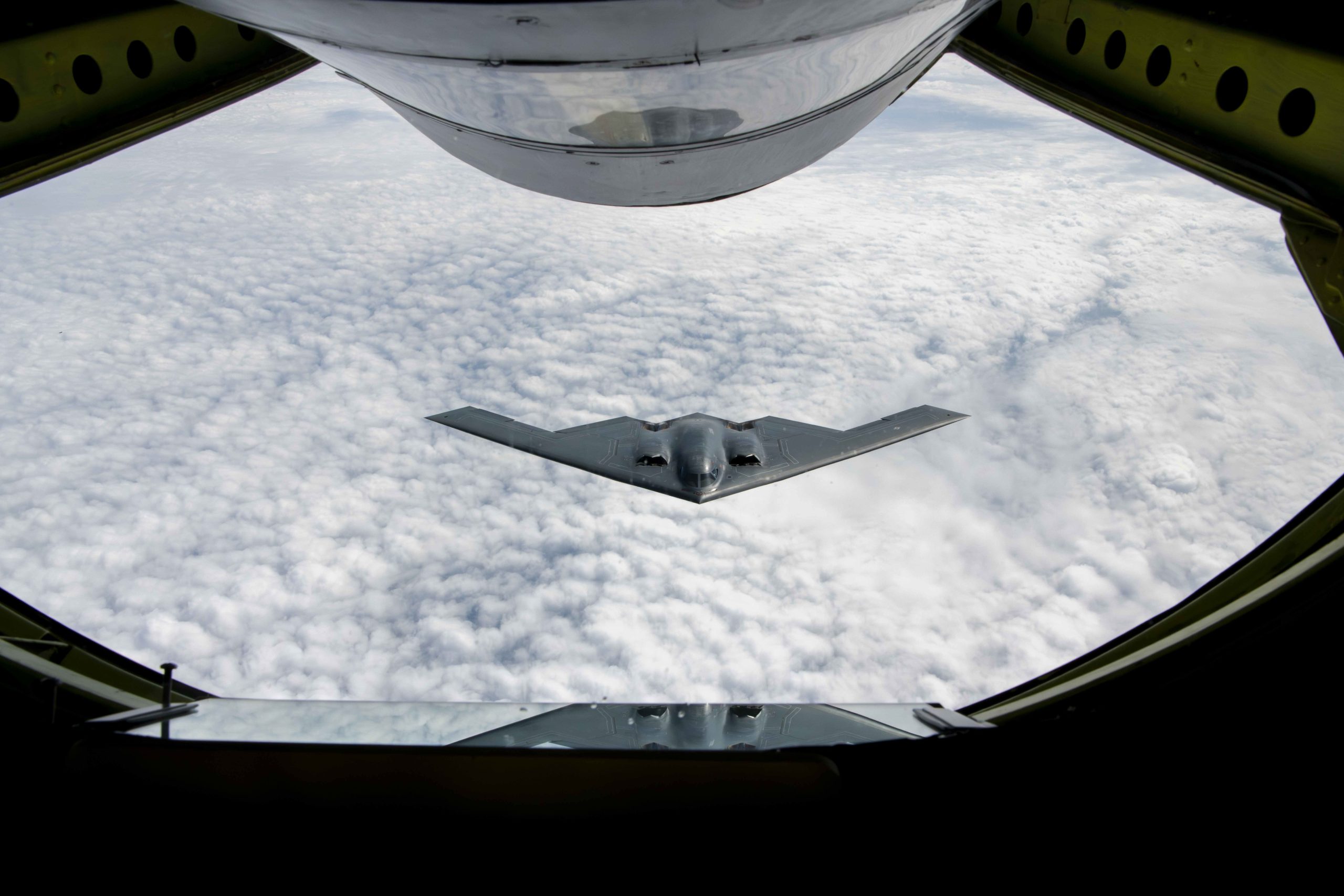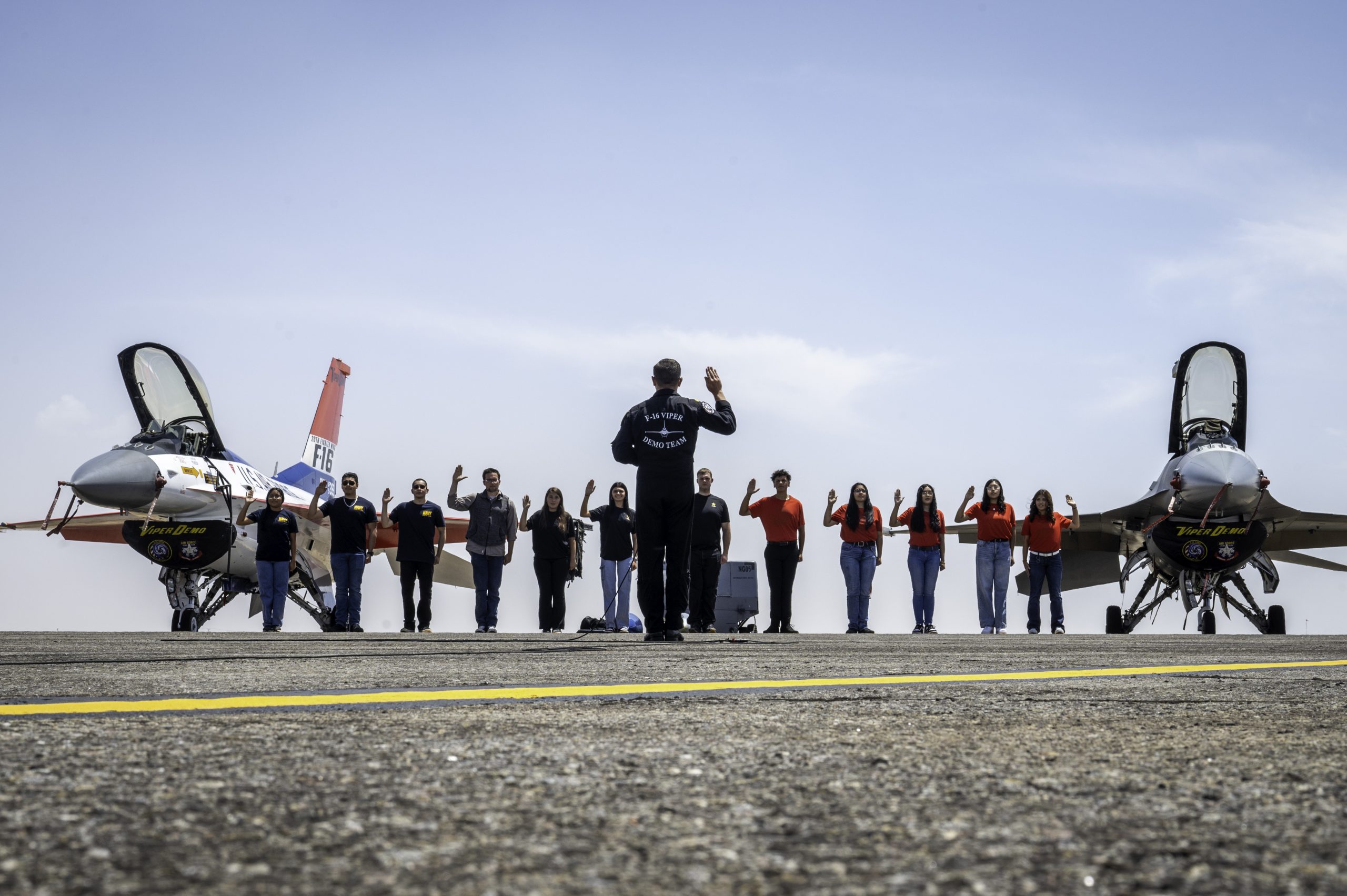Competition eased considerably for Airmen looking to make technical sergeant in 2025, as about 1 in 4 eligible staff sergeants were picked for promotion.
The Air Force selected 7,884 individuals for promotion out of 30,776 eligible staff sergeants, a rate of 25.62 percent, the Air Force Personnel Center said in a June 23 announcement. The rate is a big step up from the 19.57 percent selection rate of the 2024 cycle, when far more Airmen were eligible (35,328) and fewer were selected (6,914).
The 6.05 percent jump is the biggest year-over-year increase in promotion rates for E-6 since 2016-2017. It also marks the second year in a row of increased promotion rates since the historically tough 2023 cycle, which set a 27-year low: 5,354 selected for 14.5 percent.
The technical sergeant list will be posted on the Air Force Personnel Center public website on June 26 at 8 a.m. CDT. Senior raters, the Airmen who assess their colleagues for promotion, will receive access on June 24.
E-6s are the latest rank to enjoy an improvement in promotion rates this year. The rate of selectees for master sergeant ticked up from 18.65 percent in 2024 to 23.42 percent in 2025, while the rate for senior master sergeant rose slightly from 11.44 percent to 11.64 percent.
The across-the-board jumps reflect that the force has changed since 2021 and 2022, when the economic uncertainty of the COVID-19 pandemic drove a surge in retention and tough competition for career advancement. The Air Force also slowed down promotions at the time because officials warned the branch had too many noncommissioned officers without enough experience.
Lt. Gen. Caroline M. Miller, the Air Force deputy chief of staff for manpower, personnel, and services, told lawmakers last year that retention had returned to pre-pandemic levels. Miller said in April the Air Force was keeping 90 percent of Airmen overall this year, thanks to slight increases in both officer and enlisted retention—93 and 89 percent, respectively.
Airmen usually serve between 10 to 12 years before becoming eligible for the rank of technical sergeant, the last stop before Airmen enter the ranks of senior noncommissioned officers. E-6s are technical experts capable of “fostering a positive culture of trust within the organization,” according to Air University.
| YEAR | SELECTED | ELIGIBLE | RATE |
|---|---|---|---|
| 2025 | 7,884 | 30,776 | 25.62 |
| 2024 | 6,914 | 35,328 | 19.57 |
| 2023 | 5,354 | 36,913 | 14.5 |
| 2022 | 5,430 | 33,935 | 16 |
| 2021 | 9,422 | 34,973 | 26.94 |
| 2020 | 8,246 | 28,358 | 29.08 |
| 2019 | 9,467 | 29,328 | 32.28 |
| 2018 | 8,416 | 27,555 | 30.54 |
| 2017 | 8,167 | 25,552 | 31.96 |
| 2016 | 7,501 | 33,569 | 22.35 |
| 2015 | 8,446 | 35,863 | 23.55 |
| 2014 | 6,684 | 38,344 | 17.43 |
| 2013 | 5,654 | 37,608 | 15.03 |
| 2012 | 8,518 | 37,402 | 22.77 |

